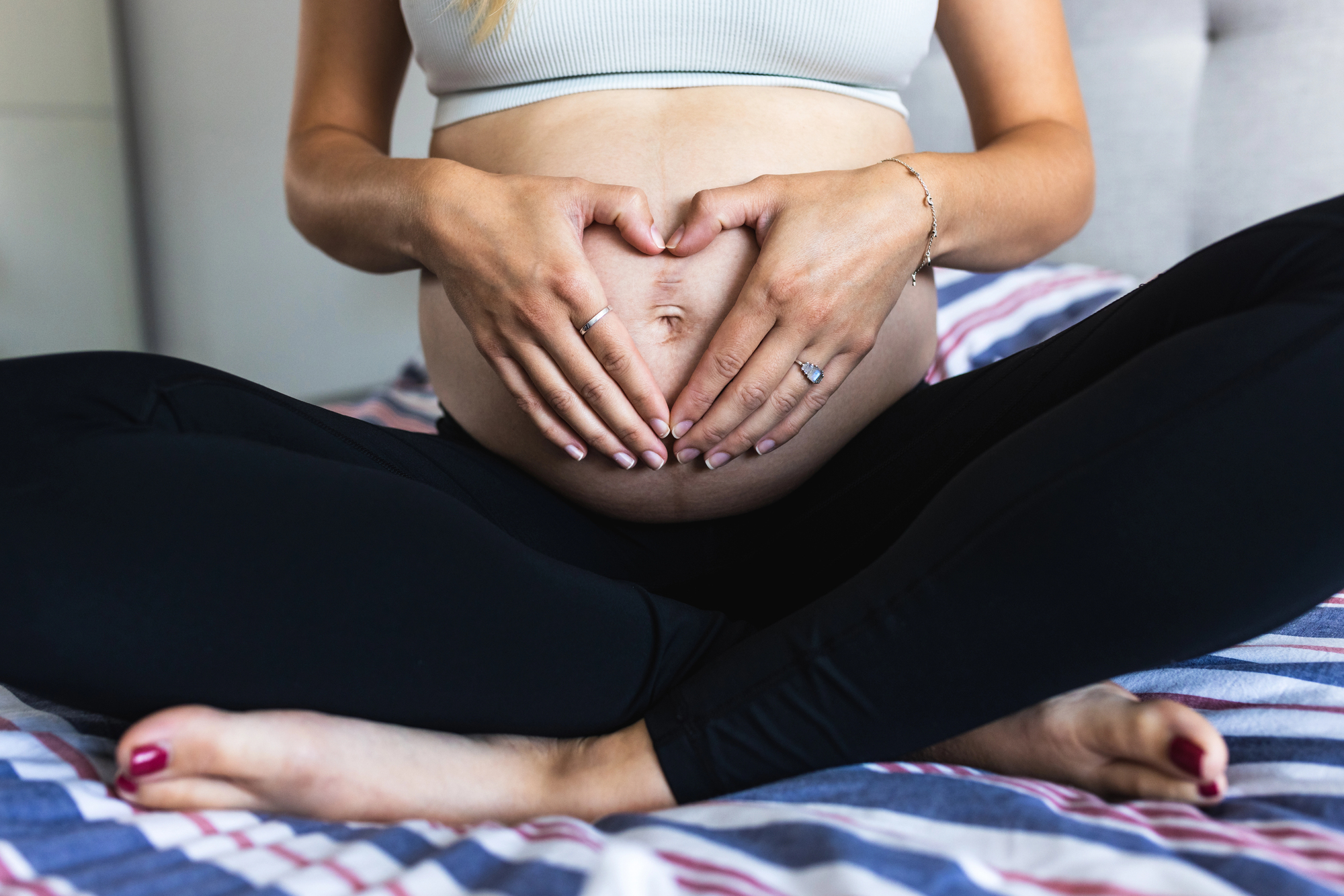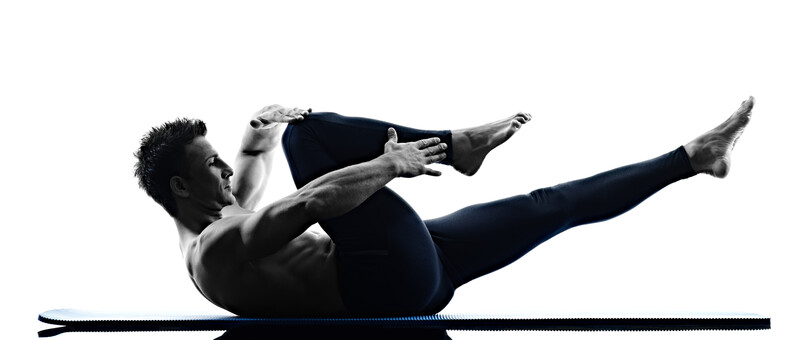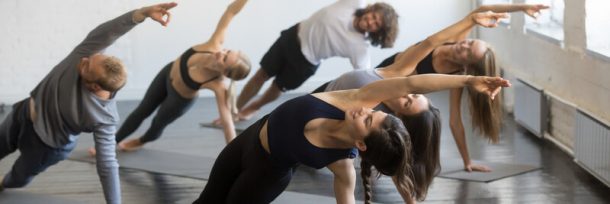
Whether you’re considering pregnancy, are already expecting, or have just welcomed your little one into the world, it’s natural to wonder how your exercise routine will fit into this new chapter of your life. The good news? You can absolutely continue to nurture your body and your baby with the right exercise. In fact, improving your physical fitness as you approach pregnancy can boost your chances of conception and help both you and your baby stay healthy throughout this journey.
As you navigate the beautiful experience of pregnancy, you’ll likely want an exercise that strengthens the muscles involved in labour and delivery, while also aiding in your recovery afterward. Pilates is a perfect match, offering the benefits of strengthening and supporting both your body and mind, both during pregnancy and in the postpartum period. Let’s explore how Pilates can be the loving touch your body needs as you prepare for motherhood.
How Pilates Benefits Pregnancy: Strengthen Your Heart and Your Body
Let’s start by clearing up some common misconceptions. Pilates isn’t about increasing the strength of your contractions or making labour more intense—it’s actually about nurturing the muscles that support your uterus and baby. Strengthening these muscles before and during pregnancy can make labour easier and less stressful on your body, while also helping you bounce back afterward with ease.
Take the pelvic floor muscles, for example. These muscles play a crucial role in guiding your baby’s head through the birth canal—but they don’t contract in the same way other muscles do. Strengthening them through Pilates helps to support a smoother, less stressful labour. Then there’s the transverse abdominis, a sheet of muscles that support your uterus and the other organs in your abdomen. Pilates can help prevent damage or separation of these muscles, and because they don’t contract during labour, strengthening them won’t add pain—only support.
By focusing on key muscle groups like these, Pilates nurtures your body through every step of pregnancy, preparing you for the big day—and the beautiful recovery afterward.
Prenatal Pilates: Breathe, Stretch, and Strengthen with Love
Pilates is a gift to your body throughout pregnancy. Some of the many benefits include:
- Breathing focus – Learn how to use your breath to calm your body and mind, keeping you centered through every stage of pregnancy.
- Breathing technique – Pilates teaches techniques that are great for relaxation and can even help during labour.
- Flexibility – Gentle stretches and movements improve flexibility, preparing you for the changes your body will undergo.
- Pain reduction – Pilates can ease discomfort in your back, hips, and pelvis as your body shifts to accommodate your growing baby.
- Mental health – Focus on mindful movement and self-care, enhancing your mental wellness through pregnancy’s ups and downs.
One of the best parts about Pilates is that it’s low-impact and gentle on your joints. It doesn’t demand too much from your cardiovascular system, making it a safe option to continue throughout pregnancy. This helps you stay healthy, active, and balanced, which can make recovery after birth smoother and quicker.
Postnatal Pilates: Reconnect, Recover, and Thrive
After birth, Pilates continues to support your body as you heal and regain strength. Postnatal Pilates can help:
- Strengthen weakened muscles – Rebuild strength in your core and pelvic floor after childbirth.
- Improve recovery times – Pilates aids in faster recovery by gradually rebuilding strength and flexibility.
- Regain posture – Strengthen your back and shoulders to support proper posture as you adjust to holding and caring for your baby.
- Reduce muscle pain – Gently stretch and release tension, easing the aches that often follow childbirth.
- Improve mental health – Focused movement helps clear your mind and boosts your mood.
- Facilitate weight loss – Pilates supports gentle and sustainable weight loss while keeping you connected to your body.
The beauty of Pilates is that it’s easily adaptable to your postnatal needs. Whether you’re ready to dive back into your routine or need to ease into exercise gradually, Pilates helps you regain your strength at your own pace.
Join Us to Fall in Love with Your Pre and Postnatal Health
At Absolute Pilates, we understand how important it is to focus on the often-overlooked pelvic muscles—those unsung heroes that play a vital role in pregnancy, labour, and delivery.
Whether you’re pregnant, postpartum, or planning your journey, Absolute Pilates is here to support you with expert guidance and personalized care. Reach out to us today to discover how Pilates can nurture your body through every stage of pregnancy and beyond. Let’s fall in love with your strength together!









